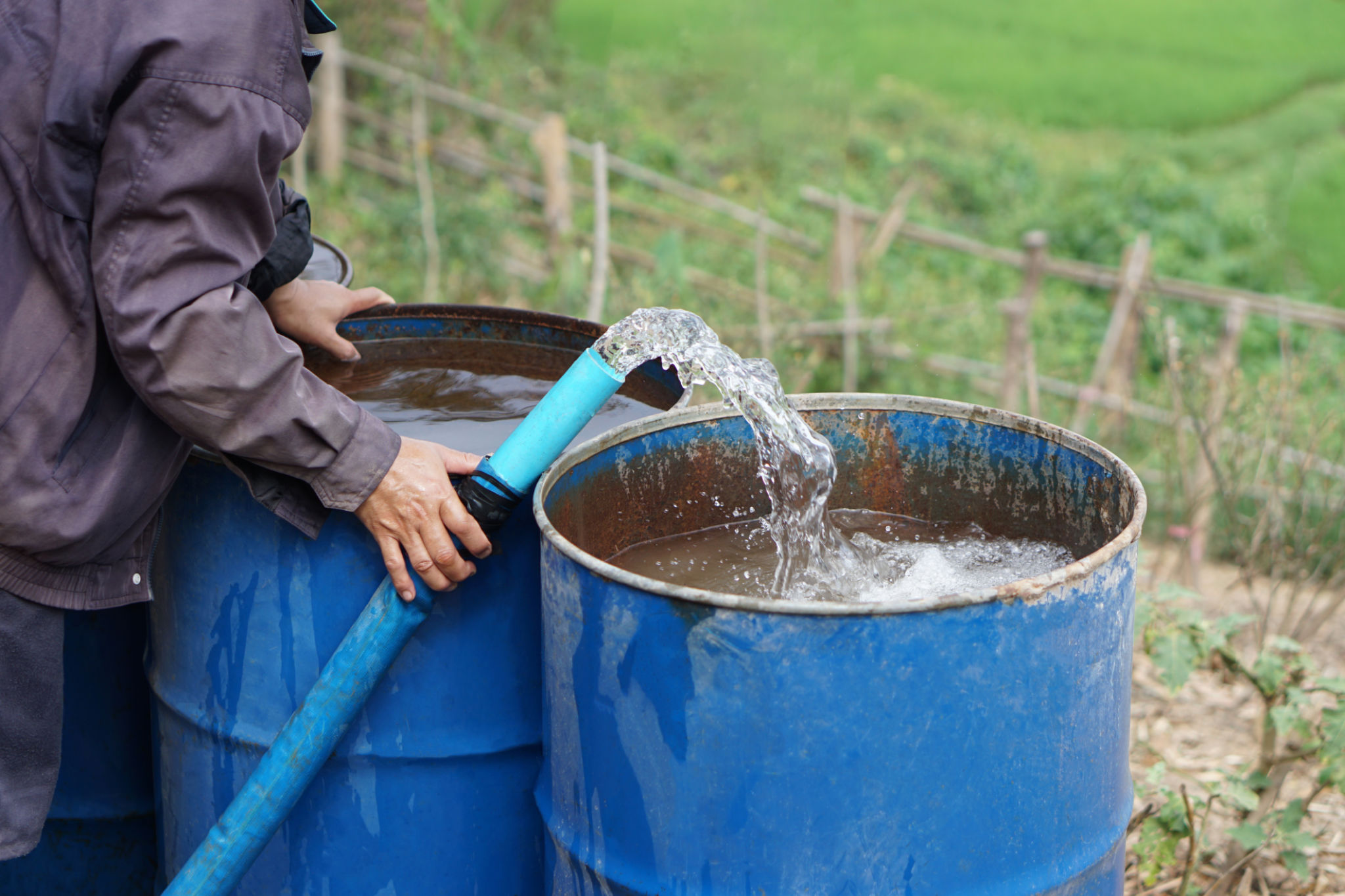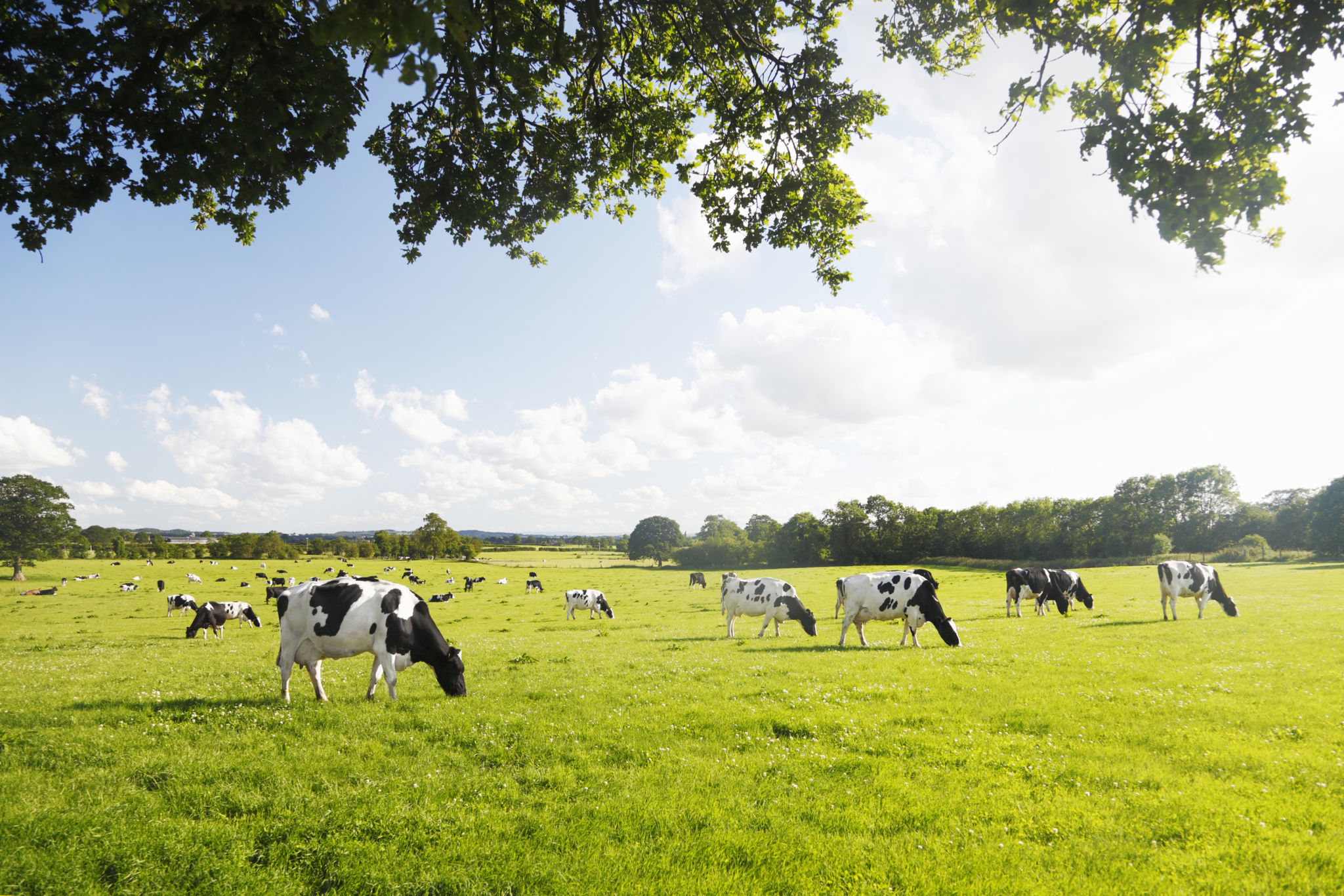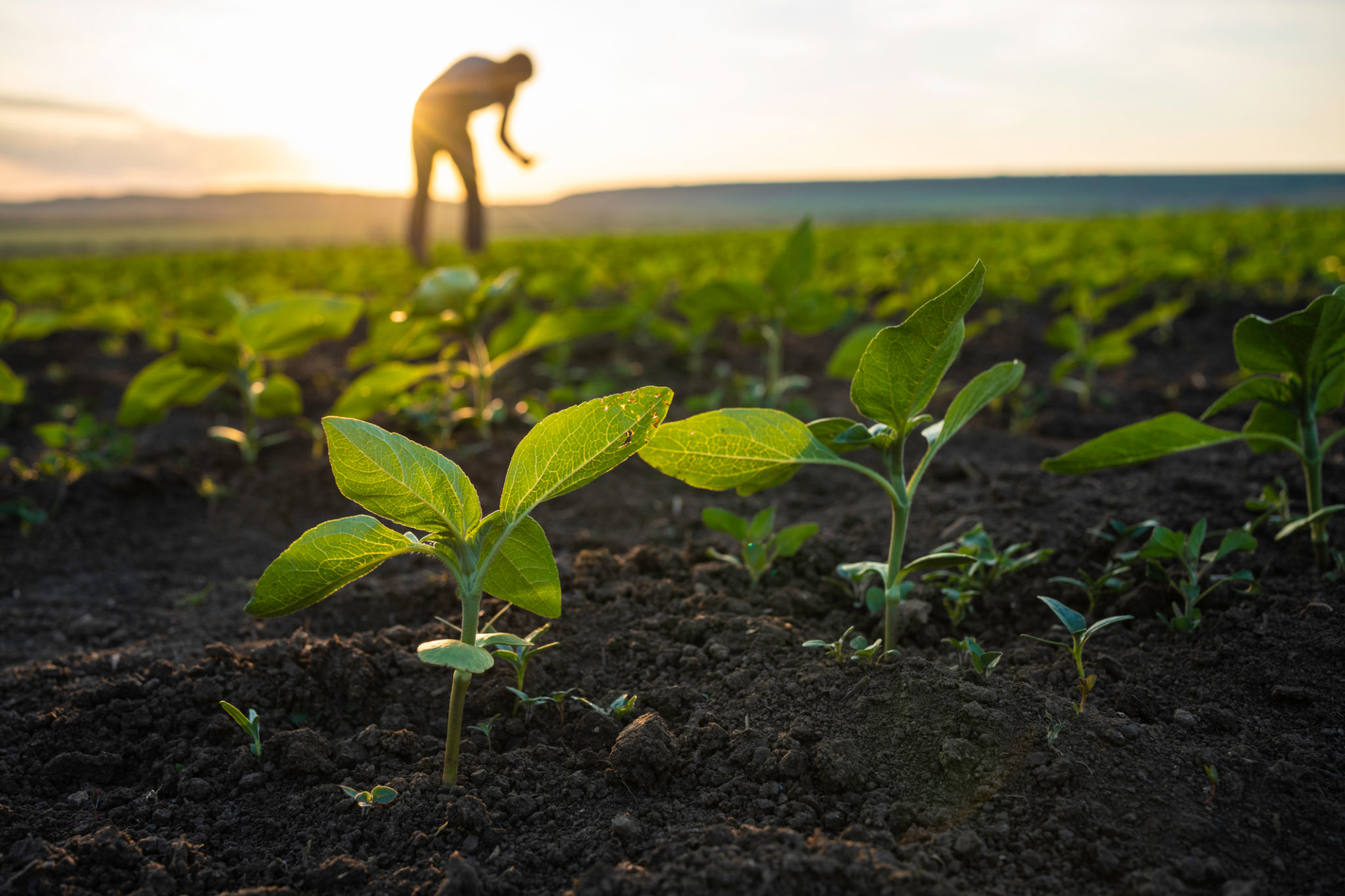Top Strategies for Regenerative Agriculture in the Middle East
Understanding Regenerative Agriculture
Regenerative agriculture is a sustainable farming practice that focuses on restoring and enhancing the health of agricultural ecosystems. It aims to improve soil fertility, increase biodiversity, and combat climate change. In the Middle East, where arid climates and water scarcity are prevalent, adopting regenerative agriculture can significantly benefit both the environment and local communities.

Soil Health Improvement
One of the core strategies of regenerative agriculture is enhancing soil health. Healthy soil is essential for growing resilient crops and maintaining ecosystem balance. Farmers in the Middle East can adopt practices such as crop rotation, cover cropping, and reduced tillage to improve soil structure and fertility. These practices help maintain organic matter in the soil, which is crucial for water retention and nutrient availability.
Water Management Techniques
Water scarcity is a major challenge in the Middle East, making efficient water management a top priority for farmers. Techniques such as rainwater harvesting, drip irrigation, and creating swales can optimize water use. By capturing and utilizing every drop efficiently, farmers can ensure that their crops receive sufficient hydration even during dry spells.

Biodiversity Enhancement
Increasing biodiversity on farms is another fundamental aspect of regenerative agriculture. By integrating a variety of plant species and encouraging natural habitats for beneficial insects and wildlife, farmers can create a more resilient agricultural ecosystem. This diversity helps in pest control, pollination, and maintaining soil health.
Integrating Livestock
Incorporating livestock into farming systems can further enhance soil health and biodiversity. Practices such as rotational grazing allow livestock to mimic natural grazing patterns, which promotes nutrient cycling and improves pasture quality. In the Middle East, where pastoralism has a long history, integrating livestock can be both culturally relevant and ecologically beneficial.

Climate Resilience
Regenerative agriculture practices contribute to climate resilience by sequestering carbon in the soil and reducing greenhouse gas emissions. The Middle East's unique climate conditions make it essential to adopt strategies that not only cope with current challenges but also mitigate future climate impacts. Techniques like agroforestry and silvopasture can help create microclimates that protect crops from extreme weather.
Community Engagement and Education
For regenerative agriculture to thrive in the Middle East, community involvement and education are crucial. Farmers need access to knowledge and resources to implement these practices effectively. Workshops, demonstration farms, and collaboration with local organizations can empower farmers with the skills they need to transition to regenerative methods.
The Path Forward
Implementing regenerative agriculture in the Middle East presents an opportunity to transform agricultural systems sustainably. By focusing on soil health, water management, and biodiversity, farmers can create resilient ecosystems that support both food security and environmental conservation. As more farmers adopt these practices, the cumulative impact can lead to healthier landscapes and improved livelihoods.

The journey towards regenerative agriculture in the Middle East is not without its challenges, but with dedication and innovation, it holds the promise of a sustainable future for the region's agricultural sector.
